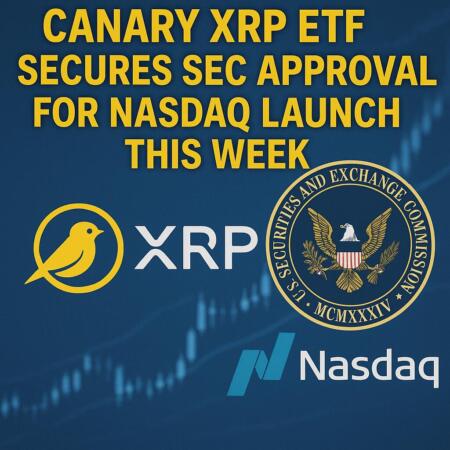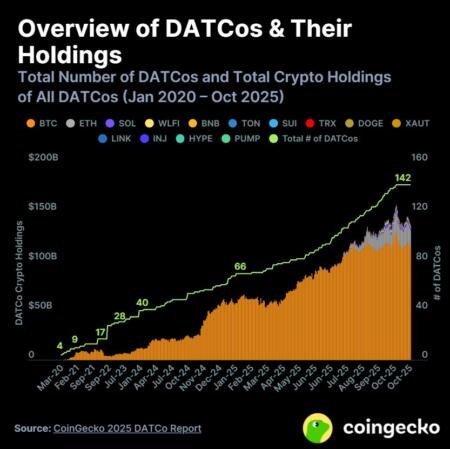The Bank of England (BoE) on Monday, November 10, 2025, published its long-awaited discussion paper on the proposed regulatory framework for systemic stablecoins that are pegged to the British pound, with final rules scheduled to be announced in the second half of 2026.
The open consultation, which runs through February 10, 2026, will target fiat-backed GBP stablecoins that could achieve increased adoption for payment chains and threaten financial stability. Algorithmic, commodity-backed, and non-GBP variants are said to be explicitly excluded from the scope.
40% Locked at the BoE, 60% in Gilts: The Math Behind Safe GBP Coins
Issuers of systemic stablecoins must fully back outstanding tokens with high-quality liquid assets. The Bank of England proposes:
- At least 40% of liabilities must be held as unremunerated deposits at the central bank for immediate liquidity access.
- The remaining 60% may be held in short-dated UK government debt with residual maturity under one year.
For stablecoin issuers that are designated or scaling into systemic status, a transitional window allows a temporary scaling provision up to 95% in short-dated gilts, reducing progressively to the standard 60% once a risk-based threshold that’s yet-to-be-finalized is reached.
£20,000 Per Person, £10M Per Company, BoE Draws the Line
To limit concentration risk and potential bank deposit outflows, the BoE is proposing a per-coin holding limit:
- £20,000 for individuals, with exemptions for retail businesses requiring higher operational balances and needs.
- £10 million for non-financial bodies.
Financial institutions are exempt from these caps.
Who Becomes a “Systemic” Stablecoin?
The UK Treasury will be responsible for determining which stablecoin arrangements are “systemic in payment chains” (SPCs) that will fall under BoE regulatory supervision. He designated systemic issuers must meet capital, liquidity, operational resilience, and recovery standards that are similar to systemically important payment systems.
Redemption at par should be possible within one business day under normal conditions and is mandatory, alongside interoperability between approved wallets and high custody frameworks.
The Financial Conduct Authority (FCA) will retain conduct, consumer protection, and AML oversight across all stablecoin activity, while the BoE’s remit remains focused on systemic stability risk.
The framework will leverage powers granted under the Financial Services and Markets Act 2023. The BoE indicated phased compliance timelines for existing issuers to ease transition.
London’s Flexible Play vs EU’s MiCA Hammer: The Battle for Stablecoin HQ
The United Kingdom’s principles-based approach contradicts the European Union’s rulebook-style MiCA regime, now in effect, and the ongoing United States legislation.
As things stand, the crypto sector believes that the Bank of England’s flexibility on backing composition and expansion could position London as a preferred jurisdiction for institutional GBP stablecoin issuance.



